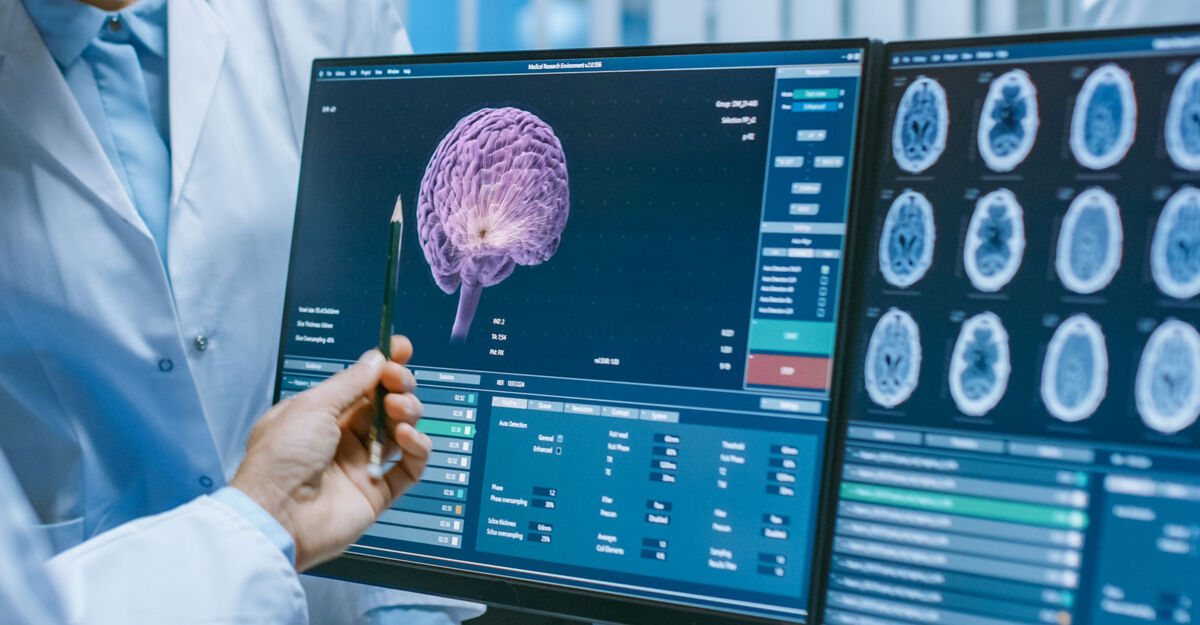Neurophysiology (EEG)
The Neurophysiology Department provides a wide range of specialized tests and consultative services essential to the diagnosis and treatment of neurological disorders.

The Neurophysiology Department provides a wide range of specialized tests and consultative services essential to the diagnosis and treatment of neurological disorders.
Neurodiagnostic tests study and record the electrical activity in the brain and nervous system. Here, at The Elliot, tests are performed by experienced technologists on all new state-of-the-art digital equipment. The Neurophysiology Department has full-time, professionally trained neurophysiological technologists on staff, and neurologists to interpret all studies.
An EEG records the electrical activity of the brain. Highly sensitive and accurate computerized digital monitoring systems record the activity through an array of electrodes placed at measured intervals on the patient's scalp. EEGs are the only available diagnostic tool to diagnose seizure disorder. Read the frequently asked questions for more information.
The test is non-invasive and painless for the patient. Sensors are placed on the scalp with a lanolin type conductive paste that washes off with ease. While testing, the patient may be asked to do a deep breathing exercise (hyperventilate) and may be shown a strobe light that flashes at various frequencies. These activities are helpful in revealing brain patterns useful for diagnosis. The test takes about 90 minutes and the patient is asked to remain still, relaxed and is made as comfortable as possible.
Physicians may also want to observe brain patterns that occur during sleep. For this purpose the patient may be scheduled for a Sleep Deprived EEG or an Ambulatory EEG.
The Sleep Deprived EEG requires that the patient stay awake most of the night prior to the testing. In testing children, we ask that the child be kept up as late as possible and wake as early as possible. In some cases a mild sedative may be given, but only if ordered by the referring physician and scheduled with Pediatrics prior to testing.
A Digital Ambulatory EEG is recorded on a mini hard disc for a minimum of 24 consecutive hours of brain wave activity. Our new state-of-the-art equipment offers prolonged EEG recording, more channels, ease of reading, and voice recognition for patient reporting events. This brings higher yield in identifying seizure activity. The patient (or spouse, caretaker, etc.) speaks into a microphone to inform the reader of any events he or she may be having.